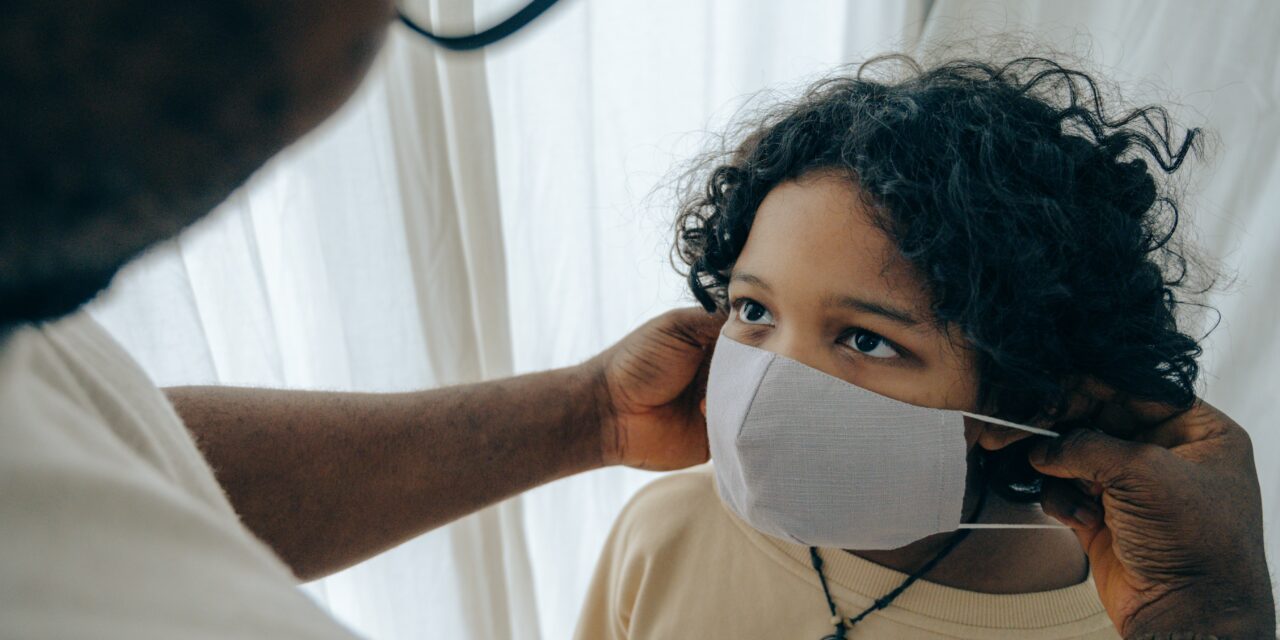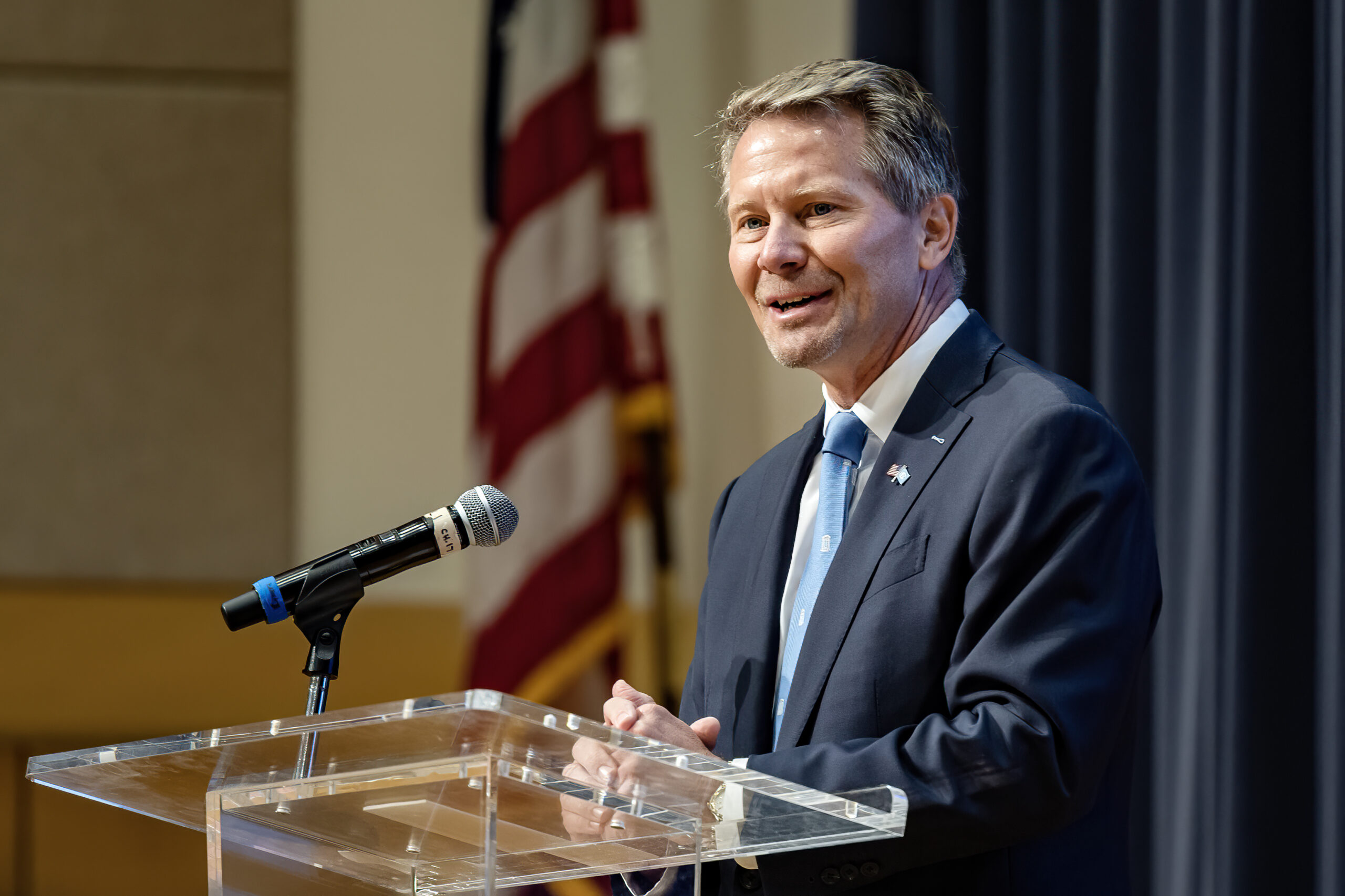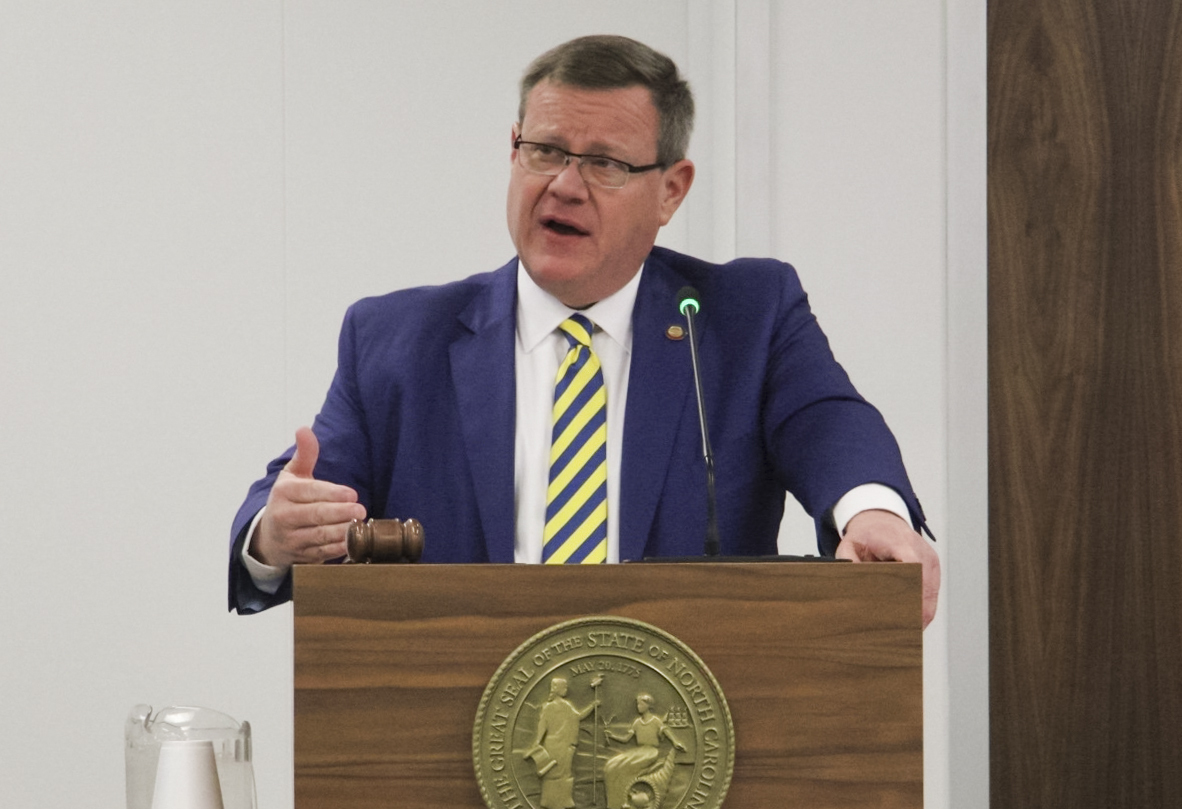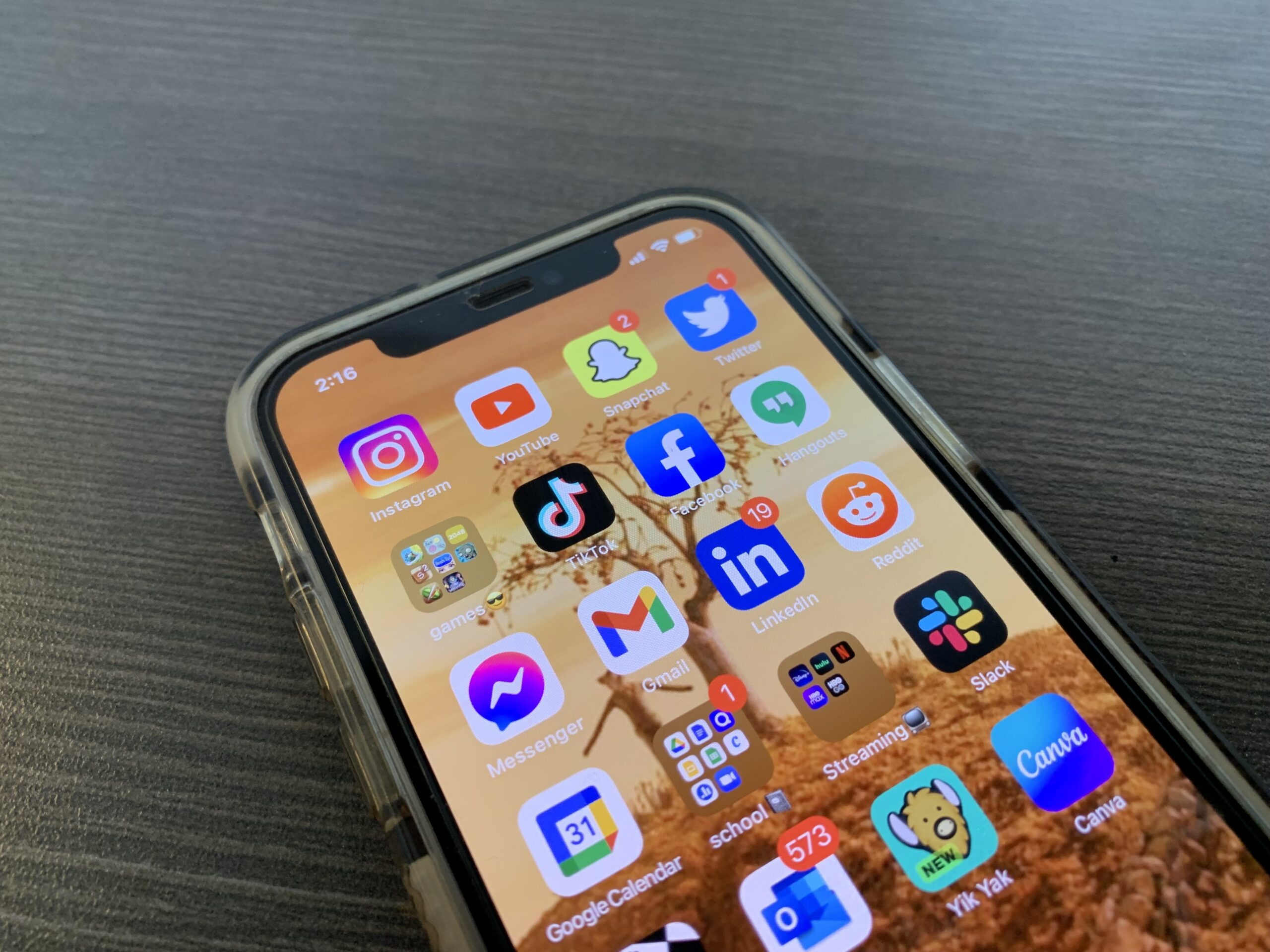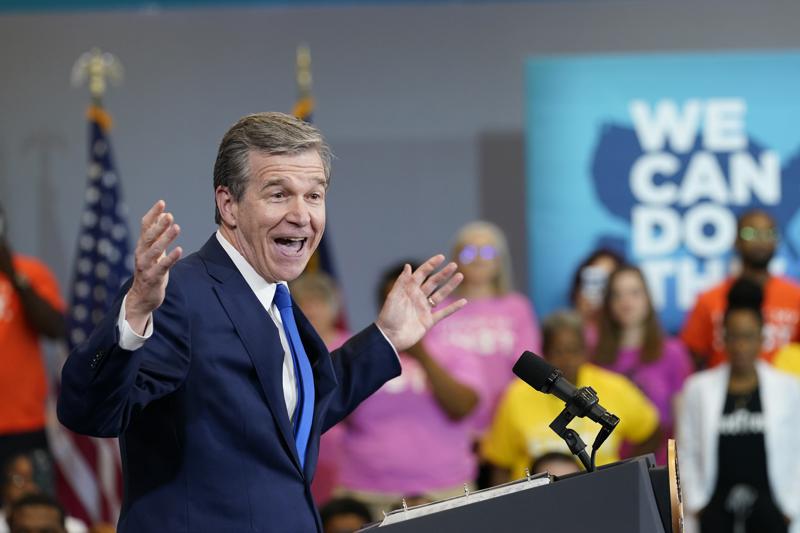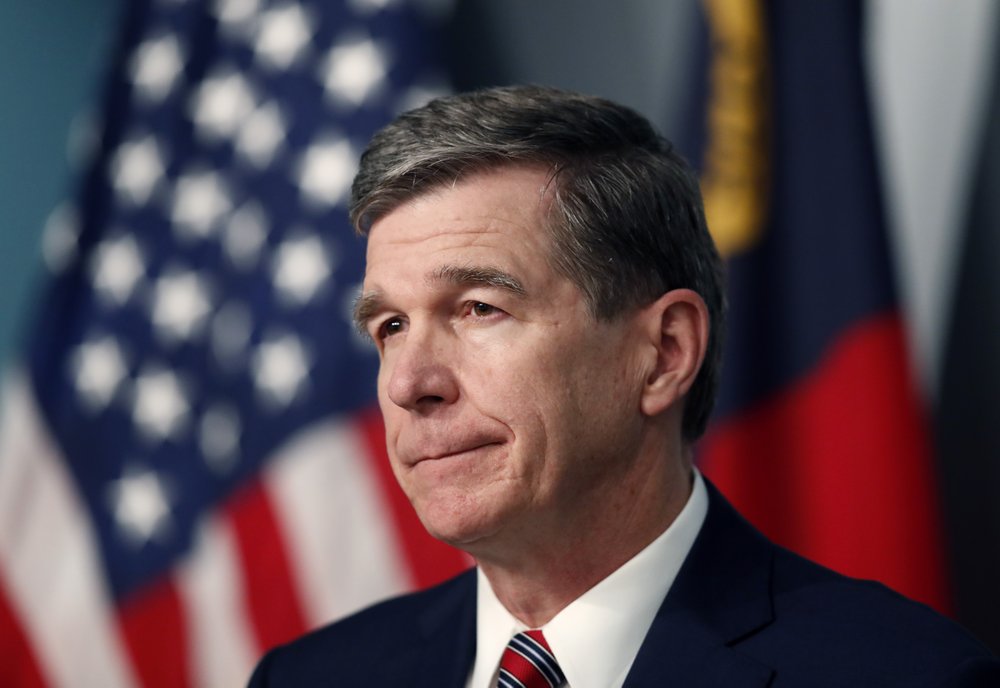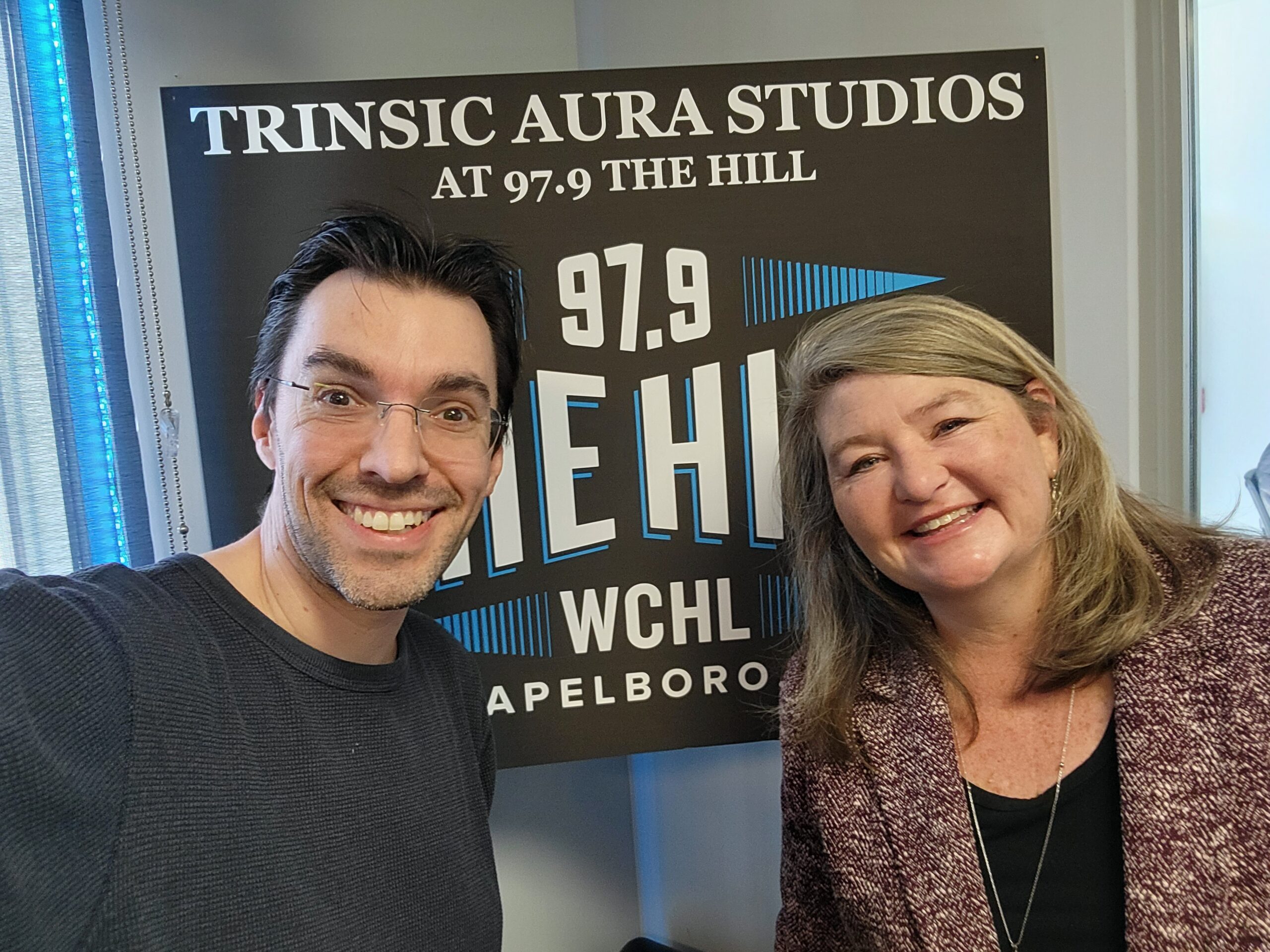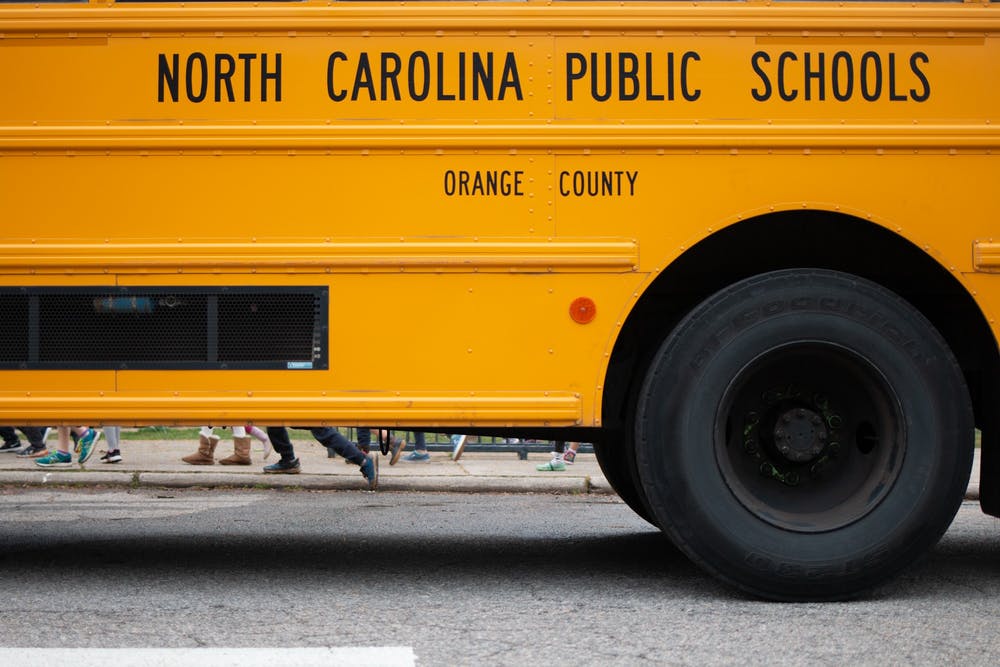Health officials say the stress and anxiety from sickness and a pivot to isolated, virtual schooling during the pandemic has had a devastating, cumulative effect on children.
Beginning in April of 2020, the number of children’s mental health–related Emergency Department visits increased and remained elevated through October, according to the Centers for Disease Control and Prevention. Compared with 2019, the number of visits for children ages 5–11 and 12–17 increased approximately 24 and 31 percent, respectively.
Robin Gurwitch is a professor in psychiatry and behavioral sciences at Duke’s School of Medicine and director of parent-child interaction therapy at the Center for Child and Family Health. She studies the impact of trauma on children and families.
“I absolutely adore Kelly Clarkson.” Gurwitch said “I think she’s fantastic. But she got it so very wrong. What doesn’t kill you doesn’t make you stronger. What we know is that the more stressors, the more traumas, the more difficulties we have put us at greater and greater risk for both short-term and long-term challenges.”
She said as family stressors increase, so do behavior problems and mental health concerns in children. During the pandemic, Gurwitch said “the pot is boiling over” as these stressors create lasting damage.
“We know from long studies, the more stressors you have, the more at risk you are,” Gurwitch said. “More at risk for health problems, more at risk for homelessness, more at risk for unemployment, more at risk for health problems like cancer or diabetes that don’t seem like they should be connected to stressors from childhood, but that’s what we’ve seen. So, we need to be sure we appreciate the cumulative nature of stressors.”
According to the CDC, even before the coronavirus pandemic hit, mental health problems such as depression and anxiety were on the rise in children ages 6 to 17. Research shows social isolation usually makes these problems worse.
Gurwitch said some of the challenges children and young people have faced during the COVID-19 pandemic relate to changes in routines, breaks in continuity of learning, missed significant life events and lost security and safety.
All these stressors have had a profound impact on children’s wellbeing.
“Children are experiencing grief in ways that are unprecedented,” Gurwitch said. “Then if that wasn’t enough, let’s just add a few disasters. Wildfires out in California. Massive ice and snowstorms in the Midwest and in the Northeast. It’s not just COVID. Then throw in the racial disparities for services. Those cumulative stressors are building and building and building.”
One of the most predominant stressors for North Carolina children over the past year was the disruption of their school schedule, and an uncertainty of when they might return to the classroom.
On Wednesday, Governor Roy Cooper and other state leaders announced a new bill that will reopen all K-12 public schools in North Carolina for in-person learning.
Under the legislation, all elementary schools must operate under Plan A, which is full in-person learning. Local districts will have the option for Plan A or Plan B/hybrid learning for middle and high school students. Cooper said the bill would take effect 21 days after he signs it, estimating sometime around April 1.
While the switch back to in-person learning will be beneficial for some young people, Gurwitch said, for others, adapting to another change might just be another setback following a long line of pandemic hardships.
“It’s important to take a long-lens look that what happened in this past year doesn’t define where kids or teens are going to be in the long term,” Gurwitch said. “We still have that potential. But has this disrupted education? Absolutely. And it has brought up the disparities even more. For families that did not have access to reliable internet, or families with children in special education services that were incredibly derailed during this last year.”
Gurwitch said, as schools reopen, communities need to think about how to better help students access mental health services and provide the adequate amount of support needed to fulfill every child’s needs.
“Sometimes in school systems, you might have one mental health provider for thousands of students. This is an equation that is not going to work.”
Chapelboro.com does not charge subscription fees. You can support local journalism and our mission to serve the community. Contribute today – every single dollar matters.

